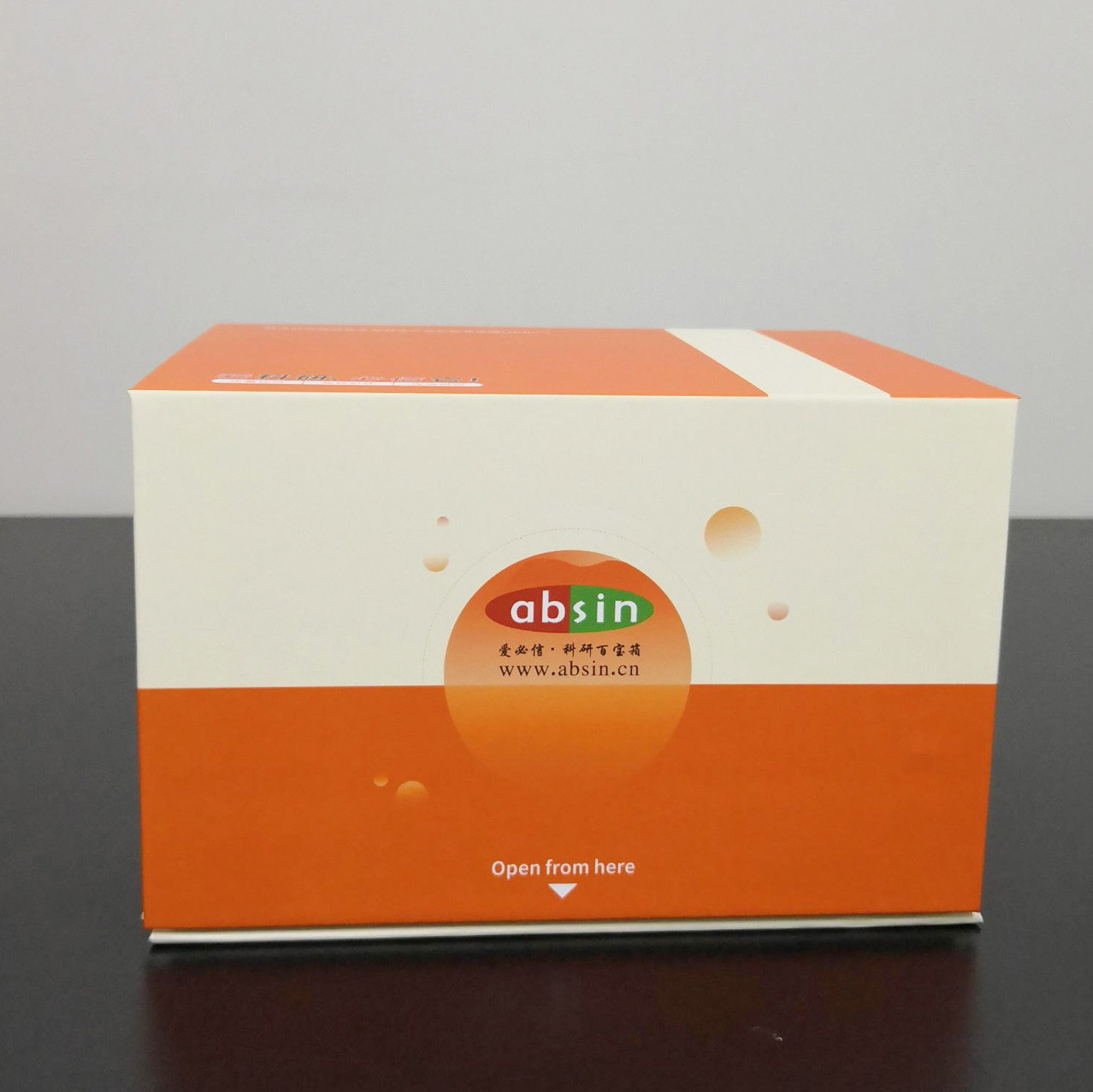- Cart 0
- English
Mouse CCL5/RANTES ELISA Kit

 Request bulk quotation
Request bulk quotation- Product Details
- FAQ
- Pictures
- Documents
Detection Principle:
This kit uses double antibody sandwich enzyme-linked immunosorbent assay technology. The specific anti mouse ccl5/rantes antibody was pre coated on a high affinity microplate. Standards, samples to be tested and biotinylated detection antibodies are added into the wells of enzyme plate. After incubation, mouse ccl5/rantes present in the samples are combined with solid-phase antibodies and detection antibodies to form immune complexes. After washing to remove unbound material, horseradish peroxidase labeled streptavidin HRP was added. After washing, the chromogenic substrate was added to avoid light for color development. Stop the reaction by adding stop solution, and determine the absorbance value at 450 nm wavelength (refer to the correction wavelength of 540nm or 570nm).
Detection Type: Double antibody sandwich method
Form: pre coated 96orifice plate
Detection Sample Type: cell supernatant, serum, Plasma
Loading Amount: 100ul
Kit Components:
Pre coated 96well plates, standards, anti mouse ccl5/rantesdetection antibody, dilution buffer, chromogenic solution (a, b), washing liquid, stop liquidSa-hrp, sealing film and instruction manual.
Sensitivity: 0.089-0.740 pg/ml
Detection Range: 31.3-2000 pg/ml
Recovery Range: 96-103%
Storage Method: 2-8℃
Standard Curve


Background:
Chemotactic cytokineChemotaxis to leukocytes is an important initial step in the process of inflammation, and it is also an important aspect of the body's innate immune function in defense and clearance of foreign bodies such as invading pathogens. RANTES, which regulates the expression and secretion of normal T cells, is a member of the CC subfamily of chemotactic cytokines, also known as CCL5. The protein has a wide range of sources, most of which are expressed in the inflammatory factor IL-1 & amp; Beta; Or tnf-& Alpha; CCL5 can be released under the stimulation of. Generally, CCL5 is mainly secreted by cd8+t cells, epithelial cells, fibroblasts and platelets.
CCL5, like other chemotactic cytokines, can bind to its specific receptors in monomeric or multimeric form. CCL5 has a dimeric structural basis, forming multimers at high concentrations, and often exists as monomers after endocytosis. Glycosaminoglycans (GAGs) on the cell surface can lead to the multimerization of CCL5. Multimerized CCL5 can not only activate inflammatory cells, prolong and aggravate inflammatory responses, but also regulate cell growth and differentiation. When CCL5 is monomeric or dimeric or its concentration is nanomolar, its receptors are CCR1, CCR3, CCR4 and CCR5, which have chemotactic activity, can enhance cytotoxicity and inhibit HIV replication. The multimeric form or micromolar level of CCL5 mainly leads to the activation of T cells, monocytes and macrophages by binding with gags on the cell surface, and enhances HIV replication.
CCL5 has chemotactic effects on a variety of leukocytes: 1) monocytes; 2) Chemotaxis of unstimulated cd4+cd45ro+ memory T cells and activated cd4+ and cd4+t cells; 3) Chemotaxis eosinophils and stimulates their degranulation and respiratory burst; 4) It is a strong chemotactic agent for basophils, but its effect on stimulating histamine release is weak; 5) Pretreatment of T cells can increase their ability to adhere to endothelial cells stimulated by IL-1. These properties make CCL5 play an important role in immune regulatory function and autoimmune disorders and inflammatory processes.
As a chemokine, CCL5 not only participates in inflammatory response and mediates leukocyte migration and infiltration, but also regulates cell growth and differentiation.
